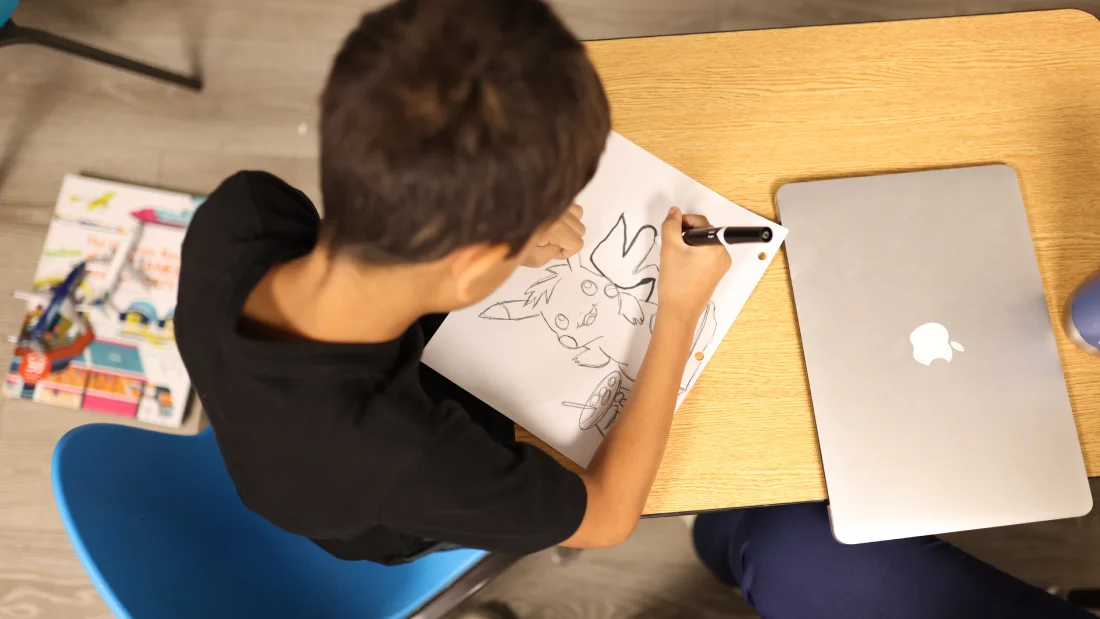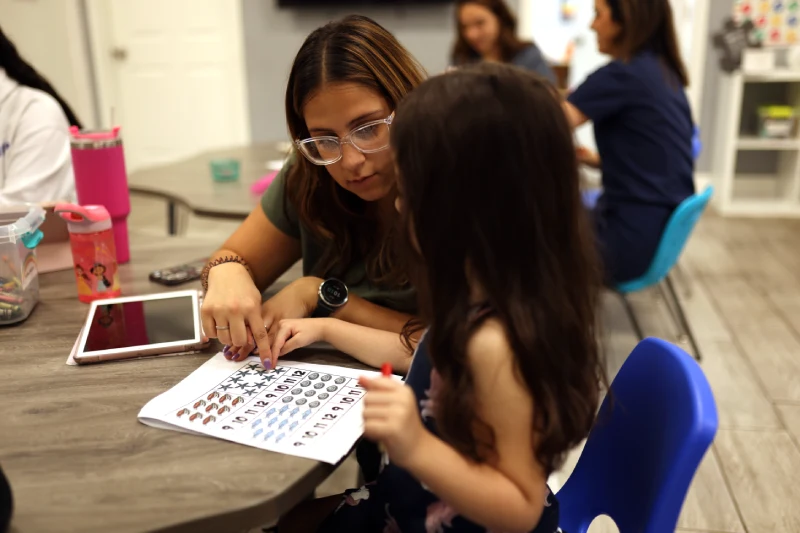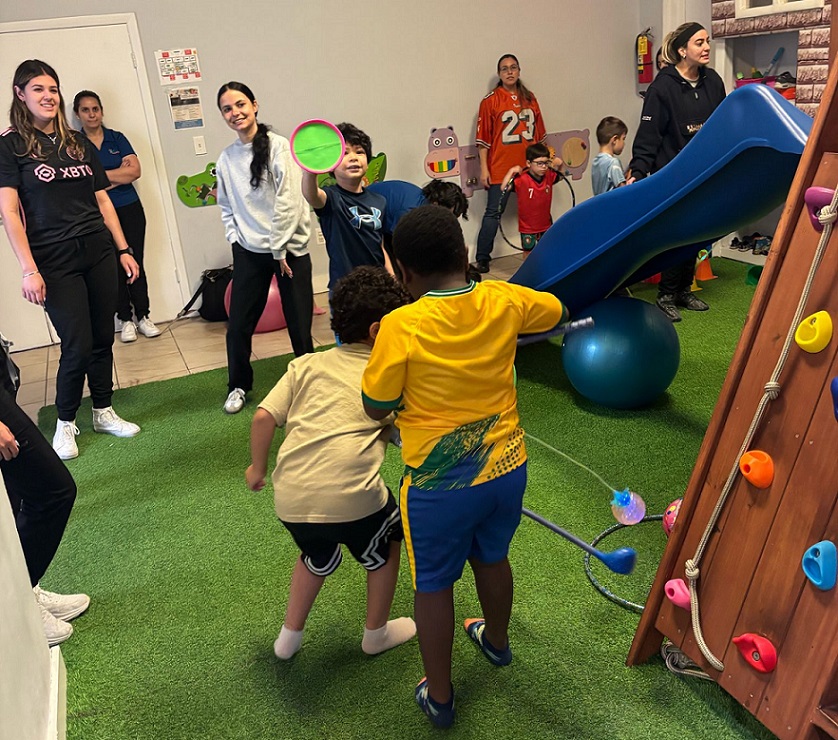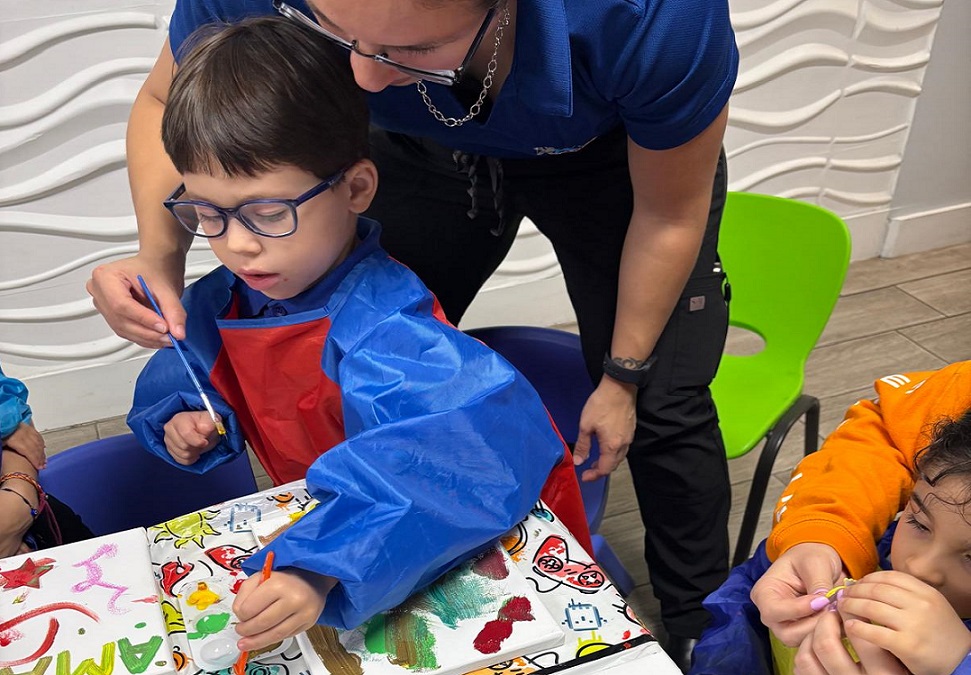Learning disabilities affect the way a person processes, understands, and expresses information. And although a learning disability is often associated with academic struggles, its impact also extends to everyday life and social relationships. Therefore, identifying and understanding them is the first step toward providing proper support for those affected.
Based on this idea, in this article, we will explore what learning disabilities are, the most common types, and the symptoms that can alert parents, teachers, and professionals. We will also discuss diagnostic methods and available treatments, aiming to facilitate inclusion and development for those facing these challenges.
What Are the Most Common Types of Learning Disabilities?
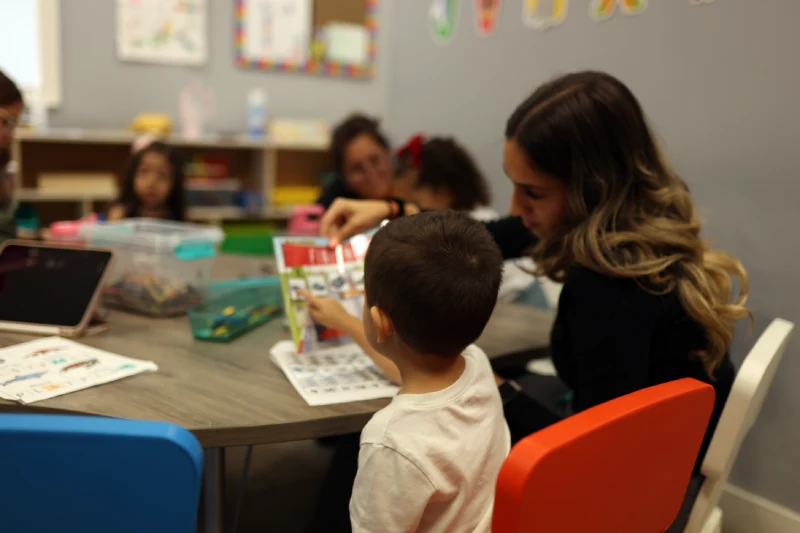
A learning disability is a neurological disorder that affect how the brain receives, processes, stores, and responds to information. However, they are not related to a person’s intelligence, but rather to very specific difficulties in areas like reading, writing, math, or communication.
Therefore, becoming familiar with these disabilities is essential for offering or receiving effective treatments that help individuals reach their full potential and overcome obstacles. Below, we explore the most common types of learning disabilities, their characteristics, and how they can impact daily life:
Dyslexia:
- Difficulty recognizing written words, reading fluently, and understanding texts.
- Dyslexia can affect writing and spelling in early childhood.
- Managed with multisensory reading strategies and personalized support.
Nonverbal Learning Disability (NVLD):
- Trouble interpreting facial expressions, body language, and social cues.
- Difficulties with motor coordination and spatial organization.
- Treated with occupational therapy and social skills training.
Auditory Processing Disorder (APD):
- Difficulty processing and understanding sounds in noisy environments.
- Not related to hearing ability, but to how the brain processes spoken language.
- Managed with speech therapy and auditory discrimination techniques.
Dyscalculia:
- Problems understanding math concepts, performing calculations, and recognizing numerical patterns.
- Difficulty managing time and organizing numerical information.
- Adaptive teaching methods and visual tools are used.
Dysgraphia:
- Affects handwriting and fine motor coordination.
- Difficulty forming letters correctly and organizing written texts.
- Treated with assisted writing strategies and occupational therapy.
What Are the Signs and Symptoms to Watch For?
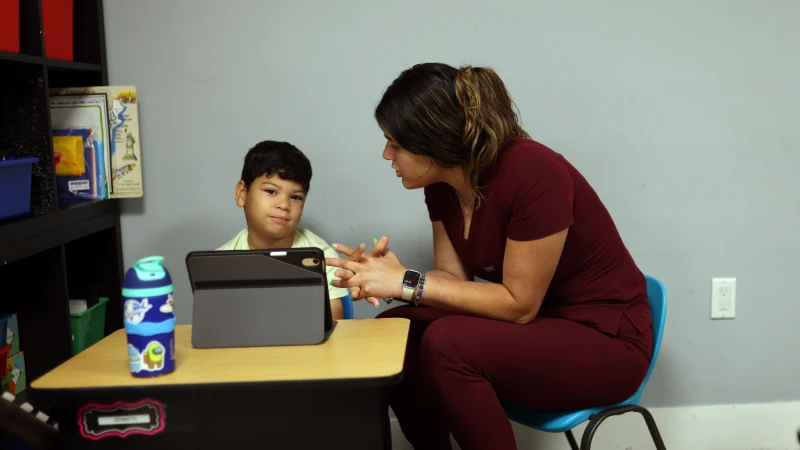
Certainly, a learning disability can present in many different ways, making it crucial to watch for early signs to provide timely support. It’s also important to note that while Autism Spectrum Disorder (ASD) is not a learning disability itself, individuals with ASD can also be affected by them.
From reading and writing problems to difficulties with language comprehension or math reasoning, a learning disability can interfere with the academic performance, socialization, and daily life of autistic children. Recognizing these symptoms early is key to implementing effective diagnostic and treatment strategies.
Here are the main symptoms of a learning disability:
- Difficulties with reading and writing: Trouble reading fluently, understanding texts, and messy handwriting.
- Language and communication problems: Difficulty following conversations and expressing ideas clearly.
- Math skills complications: Trouble understanding number concepts and solving calculations.
- Memory and attention issues: Forgetting newly learned information easily, trouble following instructions.
- Organizational and logical reasoning difficulties: Trouble planning activities or solving everyday tasks.
- Social and emotional skill problems: Difficulty interpreting body language and forming interpersonal relationships.
What Is a Nonverbal Learning Disability?
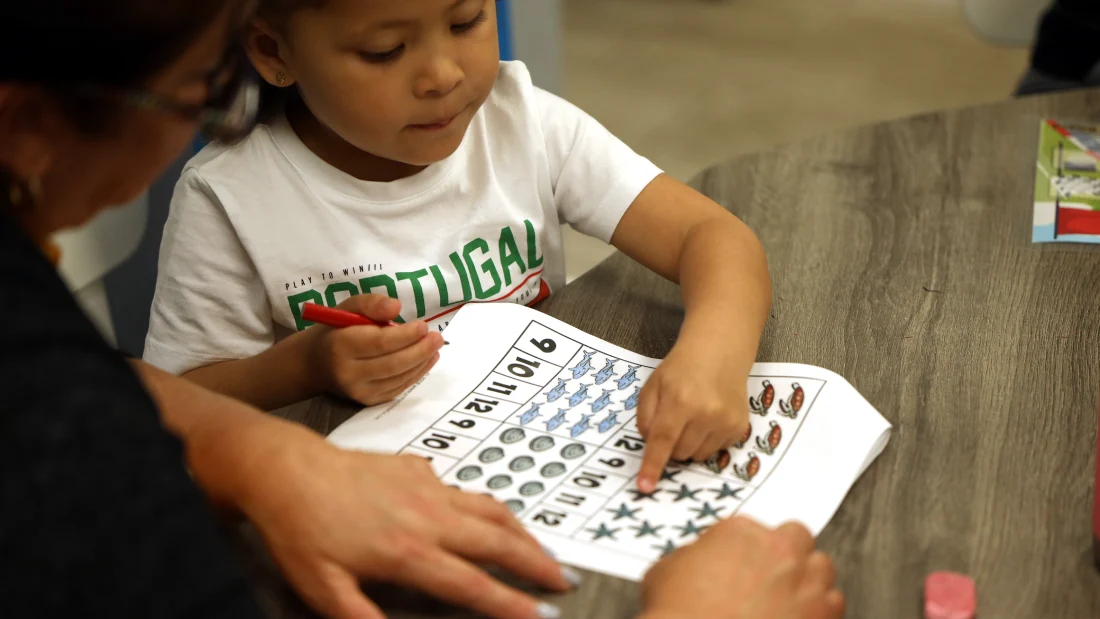
At this point, when we talk about types of learning, we often think about reading or math difficulties. However, there is a lesser-known but equally complex type of learning disability: Nonverbal Learning Disability (NVLD). These disabilities affect the ability to interpret and process visual, spatial, and social information.
This clearly impacts nonverbal communication and motor coordination skills. Although individuals with NVLD may have strong verbal language abilities, they often struggle significantly with social interactions and visual pattern recognition. Below are its main characteristics:
- Difficulty interpreting facial expressions and body language.
- Deficits in motor coordination and spatial skills.
- Problems organizing and planning tasks.
- Challenges with math comprehension and logical reasoning.
- Impact on social skills and interpersonal relationships.
How Are Learning Disabilities Diagnosed?

Diagnosing a learning disability is the most important step in identifying and addressing the challenges individuals face in their educational development. However, it’s not always easy to detect, as symptoms can vary widely and are sometimes mistaken for temporary difficulties or lack of attention.
An accurate evaluation allows for the design of personalized support strategies to help individuals overcome barriers in reading, writing, or math. This process involves certified specialists and specific tests to determine the best way to provide support.
Here are the most common methods used to diagnose a learning disability:
- Observation and early detection: Learning difficulties are often noticeable at an early age, such as problems with reading or writing.
- Educational and academic assessments: Evaluation of the child’s school performance compared to educational standards.
- Psychological and neurocognitive testing: Psychologists or cognitive development specialists identify information-processing patterns.
- Language and communication assessments: Tests of auditory comprehension, oral expression, and verbal fluency.
- Environmental and emotional analysis: Evaluation of factors such as anxiety, self-esteem, and social adjustment.
- Multidisciplinary intervention: Teachers, educational psychologists, neurologists, and specialized therapists collaborate to create a personalized educational plan.
How Are Learning Disabilities Treated?

Most experts agree that early intervention is the best strategy for treating specific learning disorders. With the right approach, it’s possible to overcome these challenges and implement effective strategies to improve comprehension, communication, and academic performance.
It’s important to know that the treatment for these disabilities is not a one-size-fits-all solution. It combines educational approaches, specialized therapies, and assistive technologies. Consulting a developmental and behavioral specialist is essential to identify key areas for intervention.
Below are the main strategies used to treat a learning disability:
-
Personalized educational intervention:
- Adapting teaching methods to the student’s specific needs.
- Using multisensory strategies to improve understanding and information retention.
-
Speech and communication therapy:
- Specialized programs to improve reading, writing, and oral expression skills.
- Support with pronunciation, language structure, and verbal comprehension.
-
Use of technology and digital tools:
- Adaptive learning apps to strengthen academic skills.
- Assisted reading and voice recognition software to support learning.
-
Psychological and emotional support:
- Techniques to boost self-esteem, mental health conditions, and learning confidence.
- Guidance to manage frustration and build resilience skills.
-
Adaptive teaching methods:
- Alternative approaches such as visual, auditory, and kinesthetic learning.
- Strategies to improve organization and information processing.
-
Multidisciplinary collaboration and family support:
- Coordination between teachers, therapists, and family members for holistic learning.
- Creation of inclusive and motivating learning environments.
Frequently Asked Questions about a Learning Disability.
-
What is a learning disability?
It is a neurological disorder that affects how a person processes, understands, and communicates information. It is not related to intelligence.
-
What are the most common types of learning disabilities?
The most frequent include dyslexia, dyscalculia, dysgraphia, auditory processing disorder, and nonverbal learning disability (NVLD).
-
How can I tell if my child has a learning disability?
Warning signs may include persistent difficulties with reading, writing, following instructions, solving math problems, or interacting with peers.
-
How is a learning disability diagnosed?
Diagnosis involves academic, psychological, language, and neurocognitive evaluations, combined with expert observation and environmental assessment.
-
What is the most effective treatment for a learning disability?
The most effective treatment is personalized and holistic, combining educational interventions, speech therapy, and adaptive technology
Koala ABA & Learning Centers: Turning Disabilities into Opportunities.
At Koala ABA & Learning Centers, we understand that facing a learning disability can be a challenge—but also an opportunity to discover new ways to grow and learn. That’s why we offer individualized support plans, practical strategies, and structured environments that help every child reach their full potential.
Our team of highly trained professionals uses evidence-based behavior modification techniques to promote meaningful learning tailored to each student’s unique needs. At Koala ABA & Learning Centers, we firmly believe that every child deserves the right tools to achieve academic and personal success.
Are you ready to take the first step toward a brighter future?
Contact us today and discover how we can help transform your child’s life through a personalized, compassionate, and effective approach.


